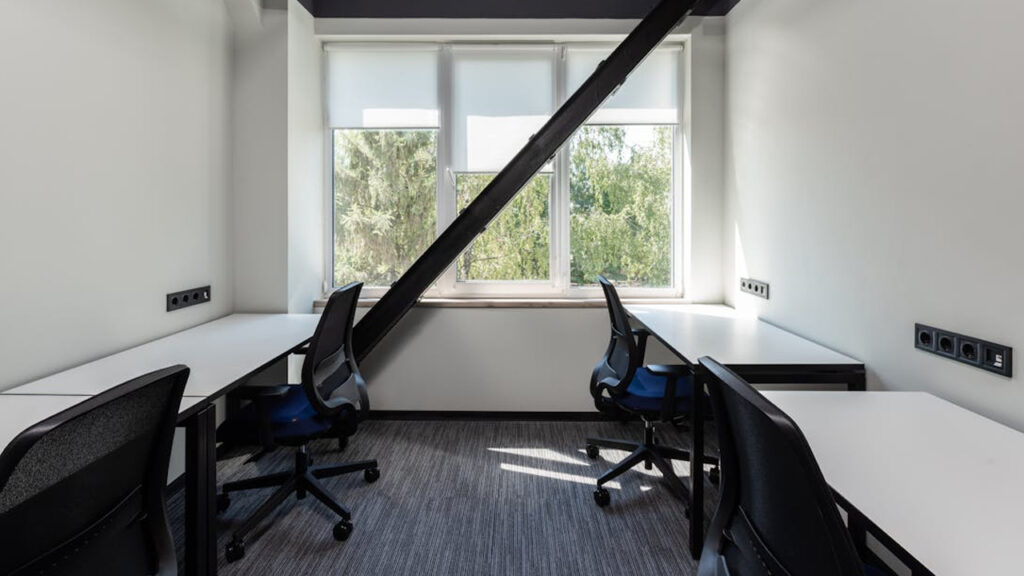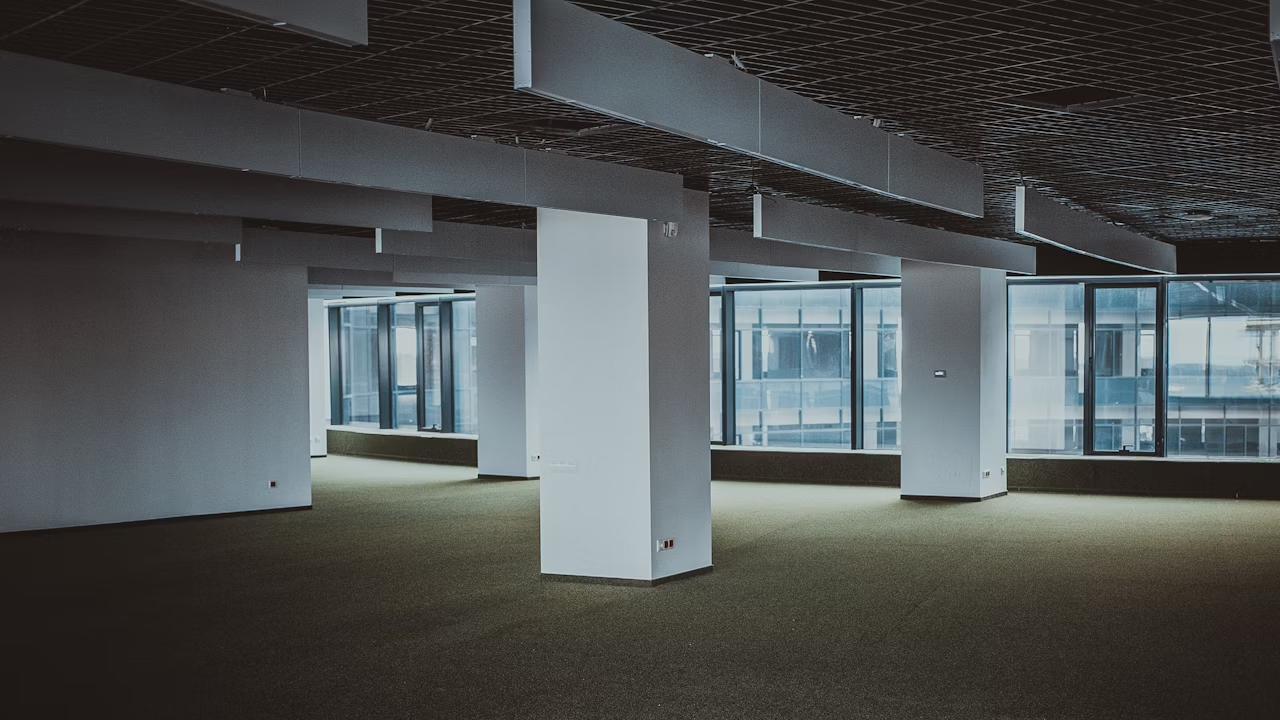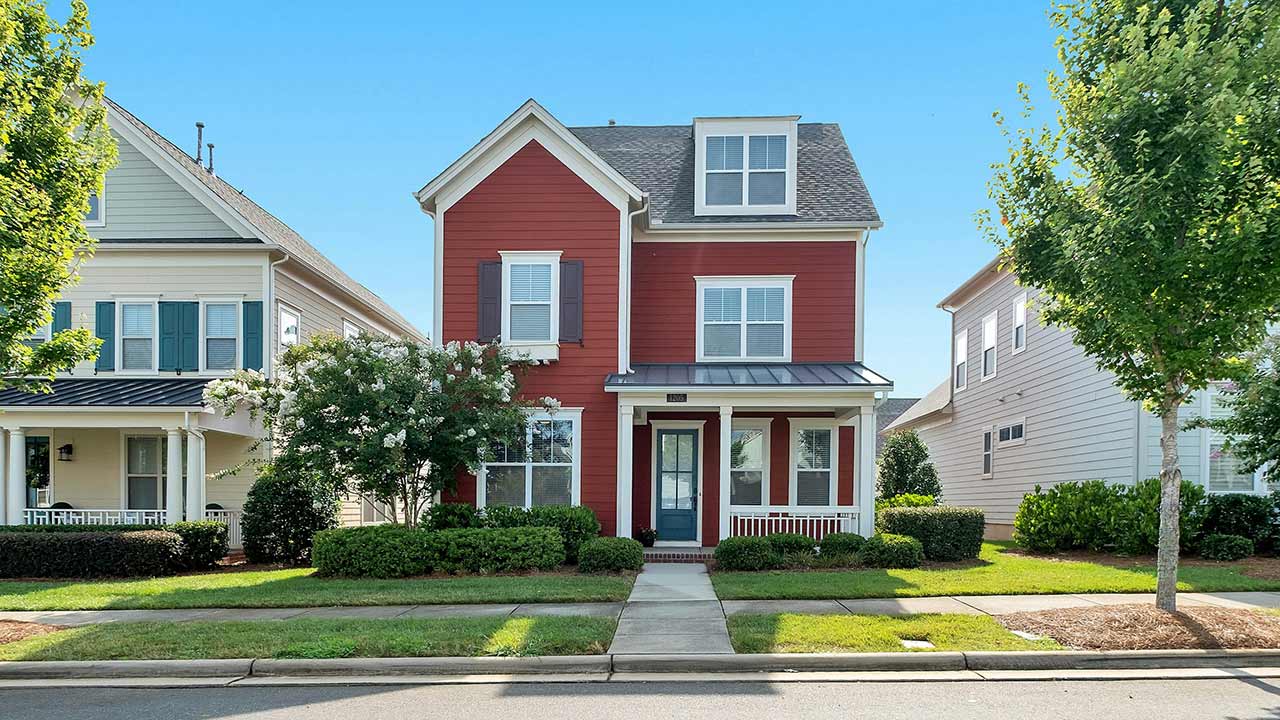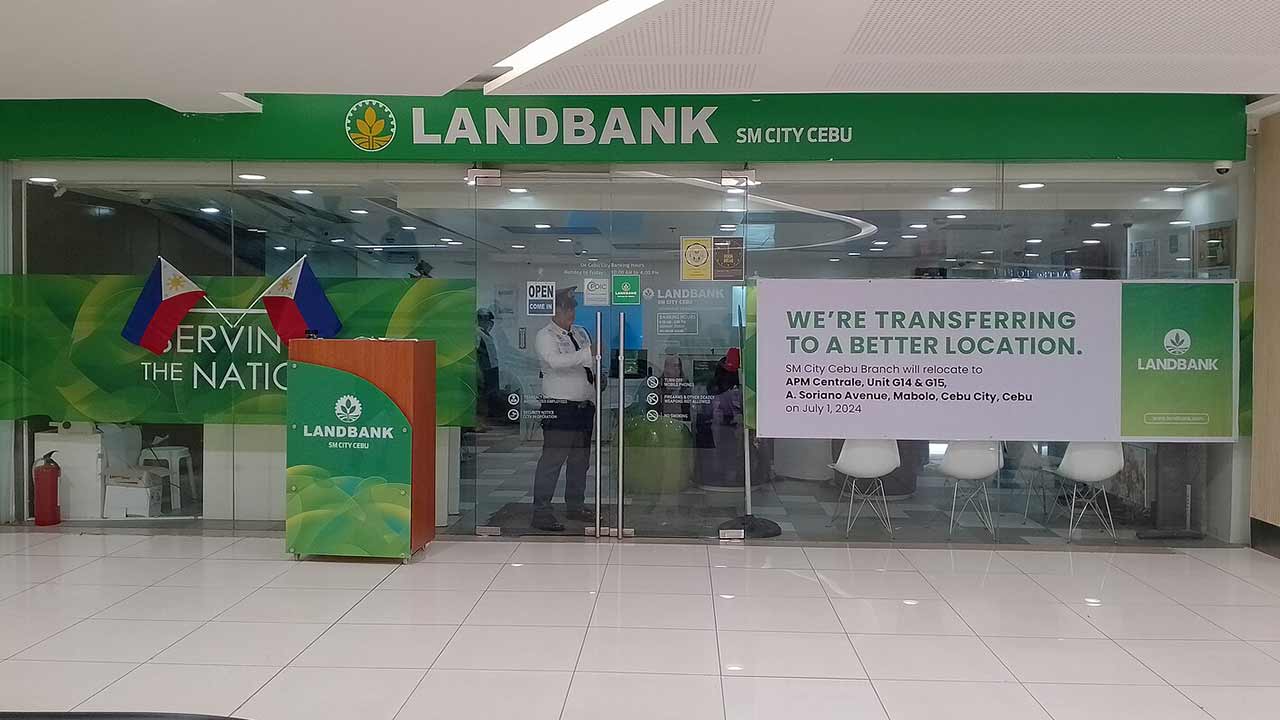KB Home just dropped $58 million on a vacant office building in San Ramon, California, part of the Bay Area’s Bishop Ranch. The plan? Tear it down and build 100 new homes. This isn’t a random move—remote work has gutted office demand since COVID, leaving places like this empty. Big tenants like Chevron bailed, and now builders see a chance to turn dead space into housing. With land scarce and housing short, it’s a practical shift that’s gaining traction. (Source: The Real Deal)
The economics make sense too. Office vacancy rates hit 13.7% nationwide last year, per the National Association of Realtors, and San Ramon’s no exception. Meanwhile, home prices keep climbing—California’s median is over $800,000. Demolishing an outdated building to put up homes could ease that pressure a bit. But it’s not cheap or easy. KB Home’s betting big that 100 families will want these new houses, and that the numbers will pencil out in a market where construction costs are sky-high. (Source: National Association of Realtors)
Why Office-to-Residential Switches Are Picking Up Steam

This isn’t just KB Home’s game—converting offices to homes is popping up everywhere. Bishop Ranch itself is morphing into a mixed-use spot, with senior living and single-family homes already in the works. Cities like San Francisco are even cutting fees to nudge developers along. Why? Housing’s tight, and empty offices are a glaring waste. Experts like Jeff Bellisario from the Bay Area Council Economic Institute say it’s a no-brainer—land’s too precious to let sit idle. (Source: City of San Francisco)
Still, it’s a slog. Most office buildings aren’t built for living—think deep floor plans, few windows, and plumbing that’s nowhere near residential specs. KB Home dodged that by razing the place, but not every project can afford to start from scratch. A San Francisco study found conversions often don’t pay off without serious incentives. For builders willing to take the leap, though, it’s a chance to cash in on housing demand while office landlords sweat over vacant leases.
How This Could Shake Up Commercial Property Values

Empty offices are dragging down commercial real estate hard. When a builder like KB Home turns one into homes, it’s a signal: adapt or sink. Office values could slide further if more owners ditch leasing for residential plays—especially in areas like San Ramon, where remote work’s here to stay. Investors holding office properties might see their returns shrink as tenants vanish and buildings age out of usefulness.
On the flip side, it’s not all doom. Mixed-use zones like Bishop Ranch could stabilize values by bringing in residents who shop, eat, and spend locally. More homes might also cool housing prices a touch, though 100 units won’t fix California’s millions-deep shortage. For commercial investors, the takeaway is clear: flexibility matters. Clinging to the old office model could mean getting stuck with a property nobody wants, while pivoting might just keep the cash flowing.
What It Means for Home Buyers and Neighborhoods

For folks hunting homes, KB Home’s project is a tiny lifeline. A hundred new houses in San Ramon—likely priced for the Bay Area’s upper-middle crowd—won’t crash the market, but it’s something. If more builders follow suit, supply could tick up enough to ease bidding wars. Plus, living in a revamped business park sounds pretty cool—walk to coffee, skip the commute. It’s a fresh take on suburban life that might catch on.
Neighborhoods could feel the ripple too. More residents mean more buzz—think busier streets, maybe a new deli or two. But there’s a catch: if office conversions flood an area with homes, property values might dip from oversupply. It’s a long shot in California, where demand still outstrips everything, but it’s worth watching. For now, KB Home’s move is a small, smart step in a housing crunch that’s got everyone scrambling.

Alexander Clark is a financial writer with a knack for breaking down complex market trends and economic shifts. As a contributor to The Daily Overview, he offers readers clear, insightful analysis on everything from market movements to personal finance strategies. With a keen eye for detail and a passion for keeping up with the fast-paced world of finance, Alexander strives to make financial news accessible and engaging for everyone.


